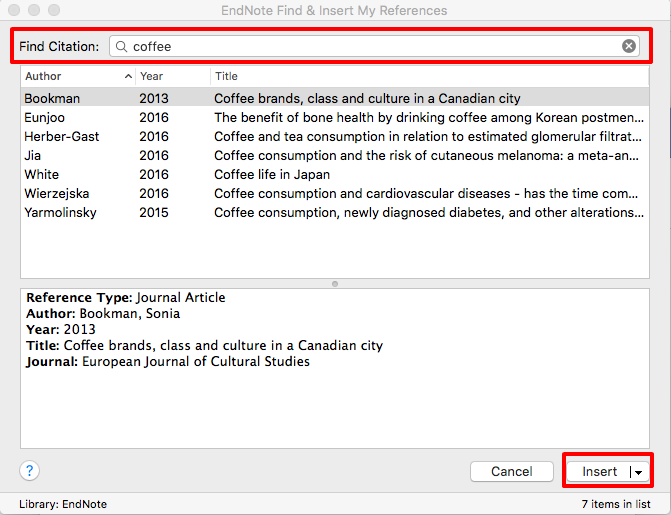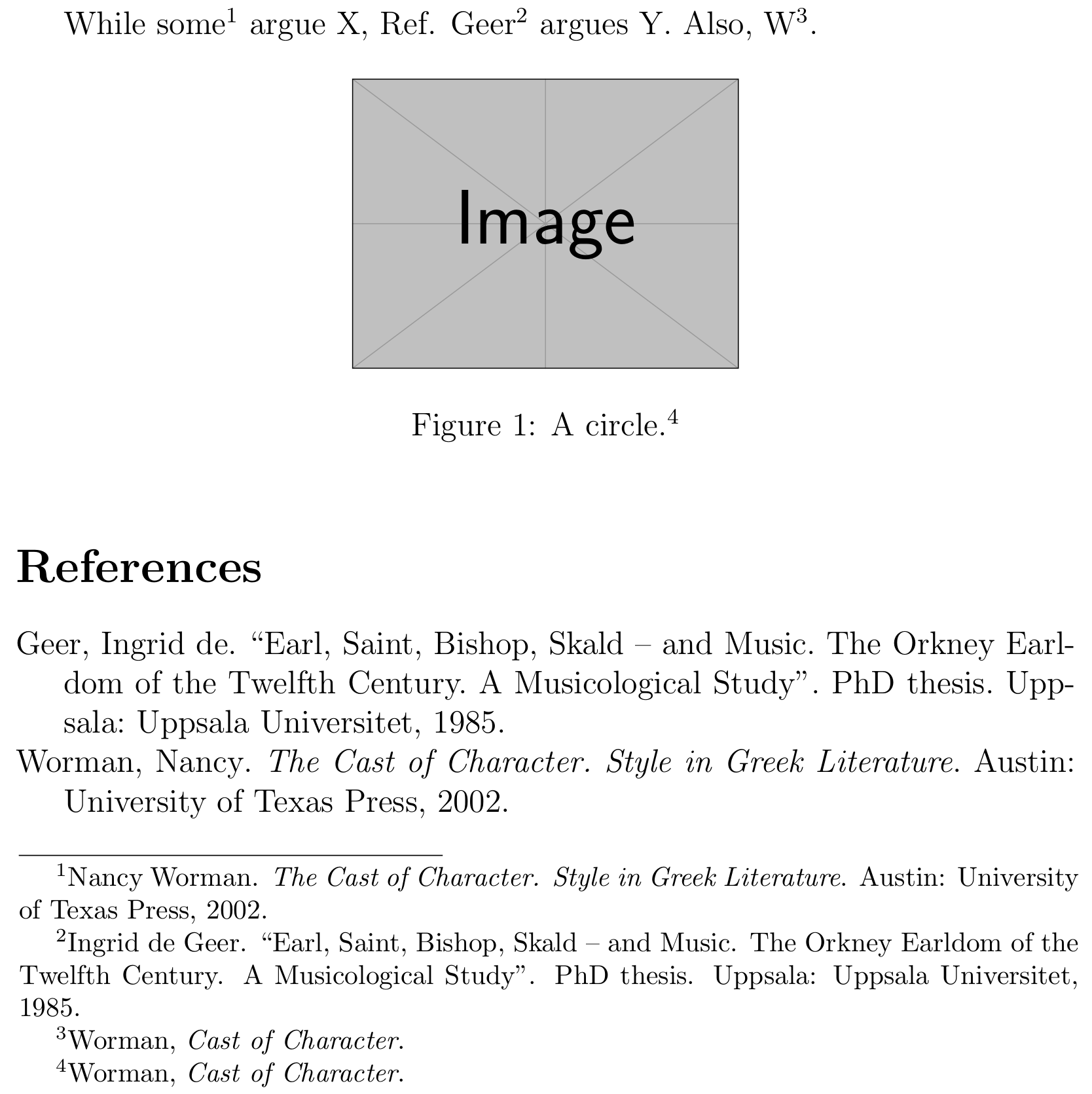
HTML, the predominant markup language for web pages, has no mechanism for adding notes. Garner, however, advocates using notes instead of inline citations. Posner has also written against the use of notes in judicial opinions. He prefers to keep all citations within the text (which is permitted in American legal citation). Legal writing įormer Associate Justice Stephen Breyer of the Supreme Court of the United States is famous in the American legal community for his writing style, in which he never uses notes. NASA has guidance for footnote usage in its historical documents.
Endnote footnote citation manual#
The US Government Printing Office Style Manual devotes over 660 words to the topic of footnotes. Aggressive use of this strategy can lead to a text affected by "foot and note disease" (a derogation coined by John Betjeman).

However, MLA is not known for endnote or footnote citations, rather APA and Chicago styles use them more regularly. The exception to this rule occurs when a sentence contains a dash, in which case the superscript would precede it. The MLA (Modern Language Association) requires the superscript numbers in the main text to be placed following the punctuation in the phrase or clause the note is in reference to.
Endnote footnote citation archive#
This is due, firstly, to the fact that the most important references are often to archive sources or interviews which do not readily fit standard formats, and secondly, to the fact that historians expect to see the exact nature of the evidence which is being used at each stage. In particular, footnotes are the normal form of citation in historical journals. Footnotes are heavily utilized in academic institutions to support claims made in academic essays covering myriad topics. Aside from use as a bibliographic element, notes are used for additional information, qualification or explanation that might be too digressive for the main text. However, publishers often encourage note references in lieu of parenthetical references. Most literary style guidelines (including the Modern Language Association and the American Psychological Association) recommend limited use of foot- and endnotes. Notes are most often used as an alternative to long explanations, citations, comments, or annotations that can be distracting to readers. In CJK languages, written with Chinese characters, the symbol ※ (called reference mark Japanese: komejirushi Korean: chamgopyo) is used for notes and highlighting, analogously to the asterisk in English. In documents like timetables, many different symbols, letters, and numbers may refer the reader to particular notes. Other symbols, including the #, Δ, ◊, ↓, and ☞, have also been used. Typographical devices such as the asterisk (*) or dagger (†) may also be used to point to notes the traditional order of these symbols in English is *, †, ‡, §, ‖, ¶. Occasionally, a number between brackets or parentheses is used instead, thus:, which can also be superscripted. In the footnote/endnote view, click Format Footnotes or Format Endnotes to display the Format Options dialog, where you can change the size, font, and indentation of one or all of your footnotes or endnotes.In English, a footnote or endnote is normally flagged by a superscripted number immediately following that portion of the text the note references, each such footnote being numbered sequentially. Word inserts a reference mark in the text and adds the endnote mark at the end of the document.Ĭlick the reference number or mark in the body of the text or click Insert > Show Footnotes (for endnotes, click Insert > Show Endnotes ). Word inserts a reference mark in the text and adds the footnote mark at the bottom of the page. If you’re in Reading View, switch to Editing View by clicking Edit Document > Edit in Word for the web.Ĭlick where you want to add the footnote. Usually, footnotes appear at the bottom of the page, while endnotes come at the end of the document or section.



Use footnotes and endnotes to explain, comment on, or provide references to something in a document.


 0 kommentar(er)
0 kommentar(er)
